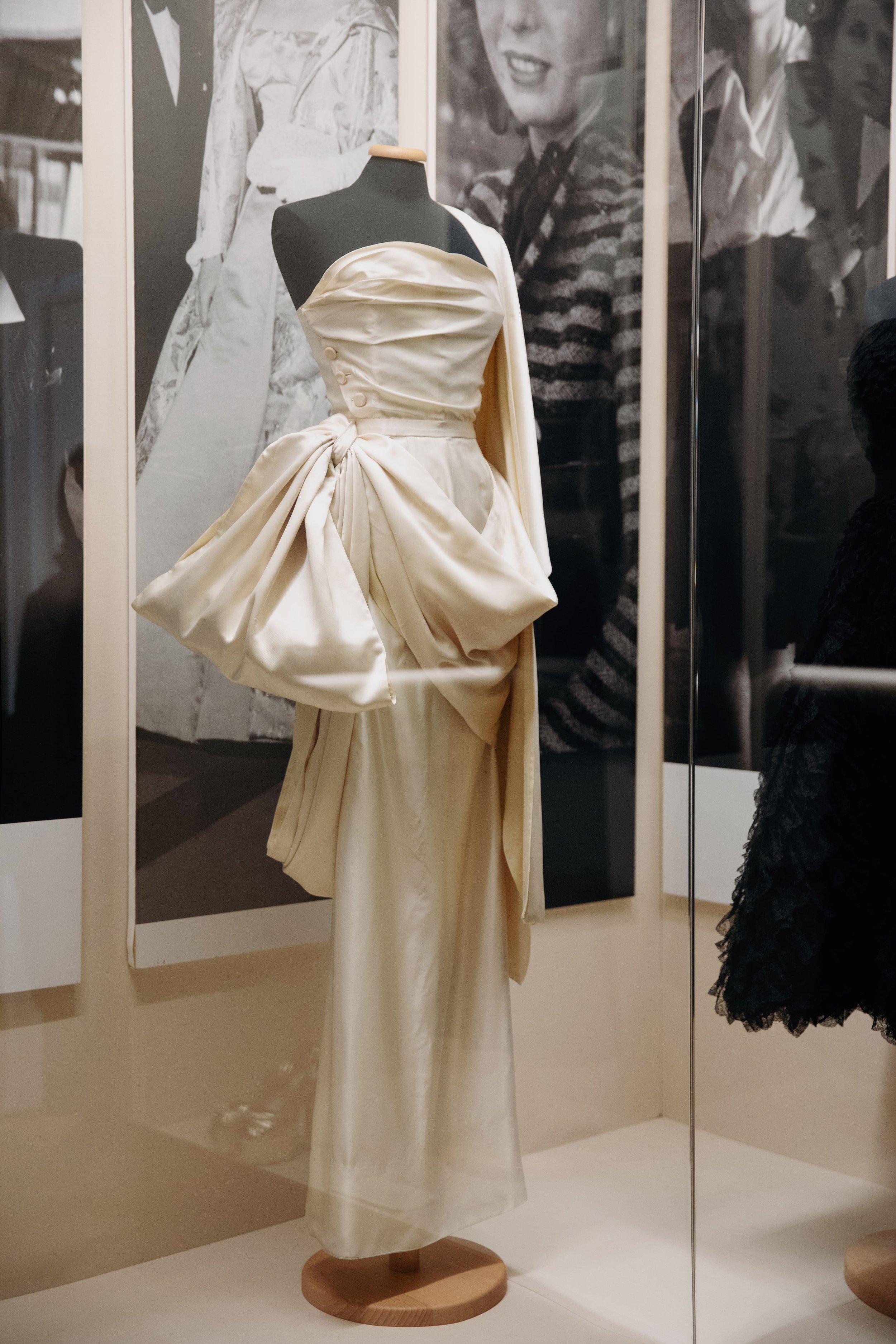A day in Rome with the FAI, living the dream of a farsighted Princess of our past.
Written by Francesca Polizzi for FAI Fondo Ambiente Italiano
Photography by Francesca Basili, team member and partner of SprazzidiBellezza.com
Princess Blanceflor Boncompagni Ludovisi was a woman far ahead of her time.
Her majestic portrait greets visitors at the entrance to the Boncompagni Ludovisi Museum in Rome, once home for her and his beloved Prince Andrea B.Ludovisi, a stone's throw from Villa Borghese.
A beautiful, sophisticated and intellectual woman. Her portrait reveals taste in dress, a refined eye for Beauty, bare shoulders that wink at a whispered sensuality.
One of the many female figures of the past who has enabled us today to add a piece to our cultural development as a society, hers a further invitation to rediscover our roots, steeped in Beauty.
It was she, by her testamentary will, who donated her home to the State to be maintained and used 'exclusively for artistic and cultural purposes of public utility'; a foresight for which we must all be grateful.
Thanks to FAI (Italian Environment Fund), the doors of this pearl in the center of Rome were opened for a “FAI Family Day”, where even young guests were welcomed and introduced to this beautiful history of their culture.
It was good to see young minds absorbing so many elements that, over time, will shape their sensitivity to Beauty. A sensitivity that is built through exposure to Beauty and which shapes the perspective with which we observe the world. Lucky children they are, as I was, to have families that care so much about the development of this precious sensitivity.
We joined small groups of curious young people..
..among whom Gryffindor togas, princess dresses, pirate’s hats and a few animals (it was Carnival Saturday!), as FAI volunteers told us the stories that took place within the walls of that wonderful place, whose park once covered hectares, where today the buildings and streets of the Parioli neighboorhood stand.
To the question "can anyone tell me what kind of tree this is?"..
from Marco, a FAI volunteer masqueraded as Prince Charming, a child dressed as Harry Potter replied without hesitation "it's a pomegranate!", leaving adults open-mouthed, myself included!
As 'photographs' to immortalize what used to be a bucolic garden, the frescoes and wallpapers of the main halls, bearing figures of marble statues, tall hedges, fruit trees, labyrinthine avenues, rose bushes and depictions of birds that had actually inhabited those branches, whose song awakened the inhabitants at sunrise.
Amidst the original eclectic-style furnishings of the villa..
..(precious tapestries, wooden furniture of extraordinary workmanship, decorative elements in bronze and collections of precious ceramics), the museum presents the history of Italian fashion in its rooms. An excursus from the early 20th century, to the challenges to French fashion in the 1920s, to the creative autonomy of the late 1940s, to the successes of recent decades.
The precious tapestries are alternated with the most exquisite haute couture models of Italian style, as custodians of two noble arts that preserve the same roots.
The collection, which continues in the rooms on the upper floor, includes clothes by Fausto Sarli, Fernanda Gattinoni, Valentino, Roberto Capucci, Raffaella Curiel, Lorenzo Riva, Renato Balestra, Mila Schön, Marella Ferrera, André Laug and Angelo Litrico. In 1996, the important collection of dresses belonging to Palma Bucarelli (1910-1998), the director of the National Gallery of Modern Art in Rome from 1941 to 1975, one of the most elegant and refined women in Italy, was added to this collection. There are also dresses from the Sartoria Paradisi in Rome and the deposits of important collectors, such as that of fashion journalist Maria Vittoria Caruso Alfonsi.
Alternating with the clothes are framed original sketches and black and white photographs of female icons of Italian fashion in the last century.
An itinerary that through games of more or less constrictive lines, the use of color and decoration, recounts the evolution of the female social condition over time, a real treasure chest of curiosities for the children, to whom all this was told with a playful and interactive cut, that amused even us adults!
Ps: Notice in the gallery below how two of these models are kept in the beautiful marble frame of the villa's original 'bathroom', in perfect Deco style!
The Boncompagni Ludovisi Museum is a precious treasure, all the more so because of the FAI, whose main mission is to maintain and emphasize the cultural masterpieces of our past, but which still play a fundamental role in our present.
Memory is a universal cultural heritage, so it is important to pierce the veil of forgetfulness in order to remember and celebrate our roots, which (too) often fall into oblivion, through distraction or, perhaps, in the name of modernity.
Special thanks to FAI and its Rome delegation for involving me in this day of re-discovery! It’s sweet to always have something new to learn about your own city!
And thanks to the wonderful Princess Blanceflor Boncompagni Ludovisi, who with her foresight and intellect, by donating her house 'exclusively for artistic and cultural purposes of public utility', allowed us all to celebrate and rediscover ourselves through the extra-ordinary lens of Beauty.
Museo Boncompagni Ludovisi, Via Boncompagni, 18, 00187 Roma RM, Italia
Visiting hours: Tuesday to Saturday 9 a.m. - 7 p.m; last admission 6.30 p.m.
Admission is free of charge!
Discover the world of FAI: www.fondoambiente.it
Discover all the events in schedule: www.fondoambiente.it/eventi
Subscribe to FAI: www.fondoambiente.it/subscriptions
Gift a subscription to FAI: www.fondoambiente.it/gift
Donate to FAI: www.fondoambiente.it/donations
Written by Francesca Polizzi for FAI Fondo Ambiente Italiano
Photography by Francesca Basili, team member and partner of SprazzidiBellezza.com










































